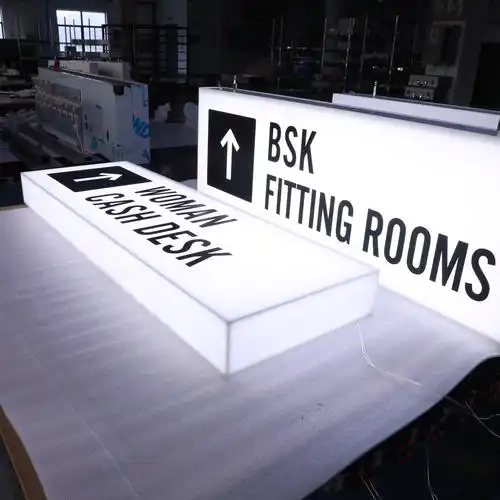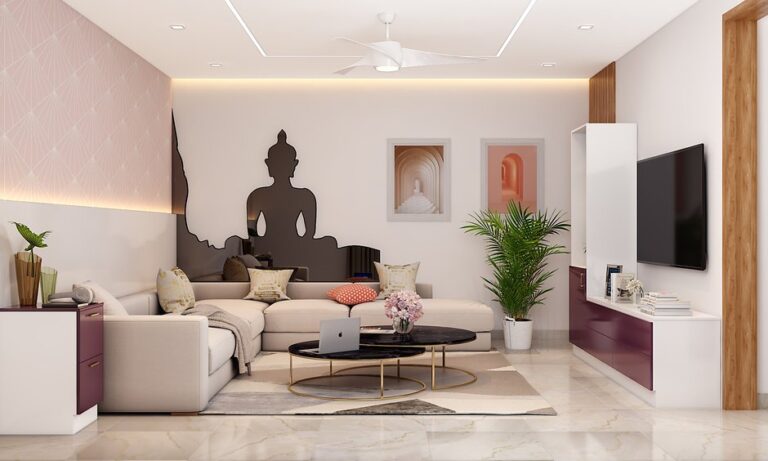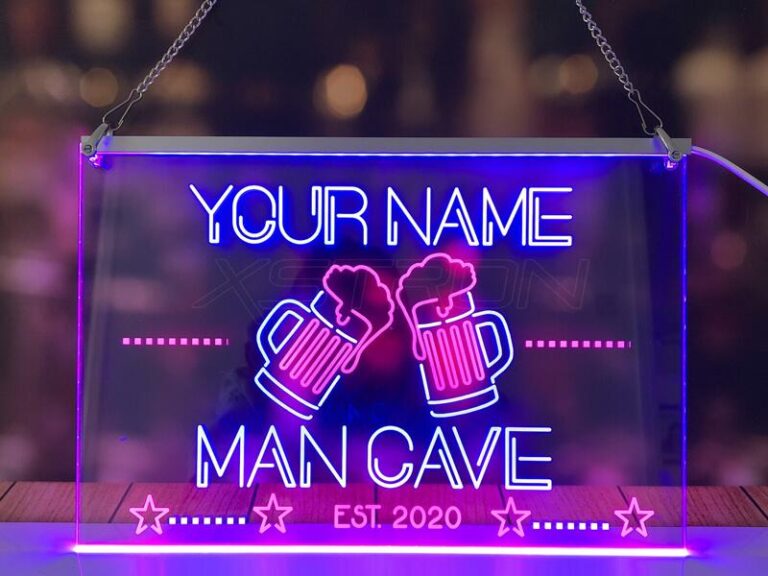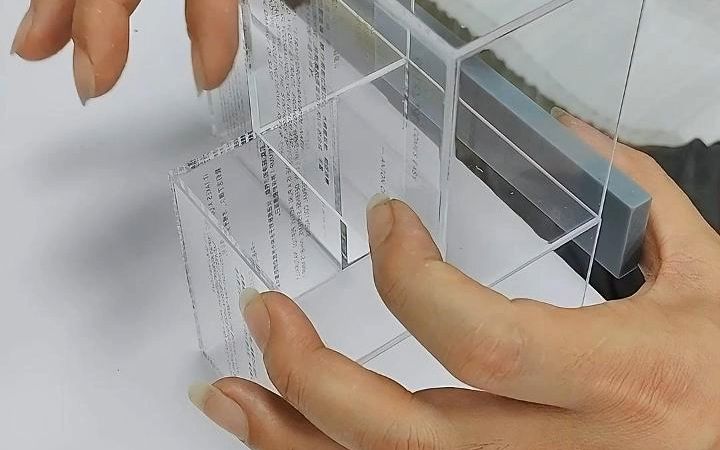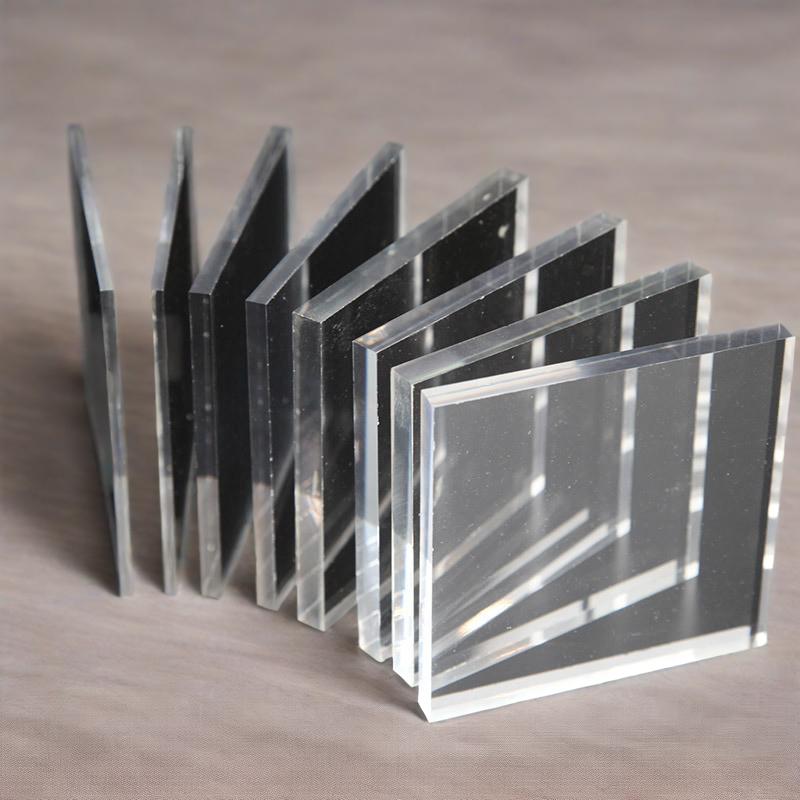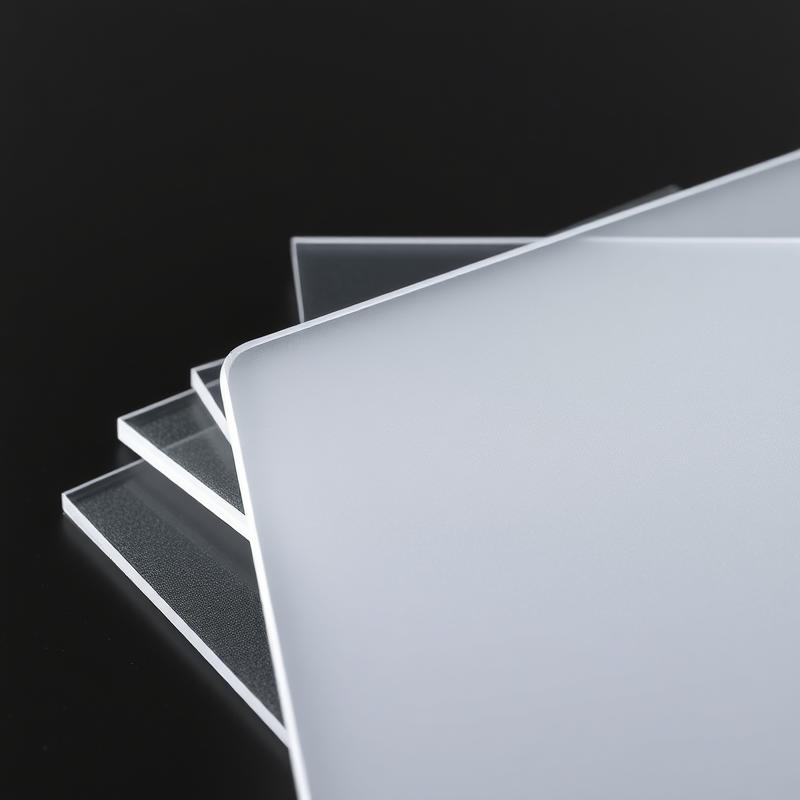-
Xinqi Development Zone, Leliu, Foshan, Guangdong
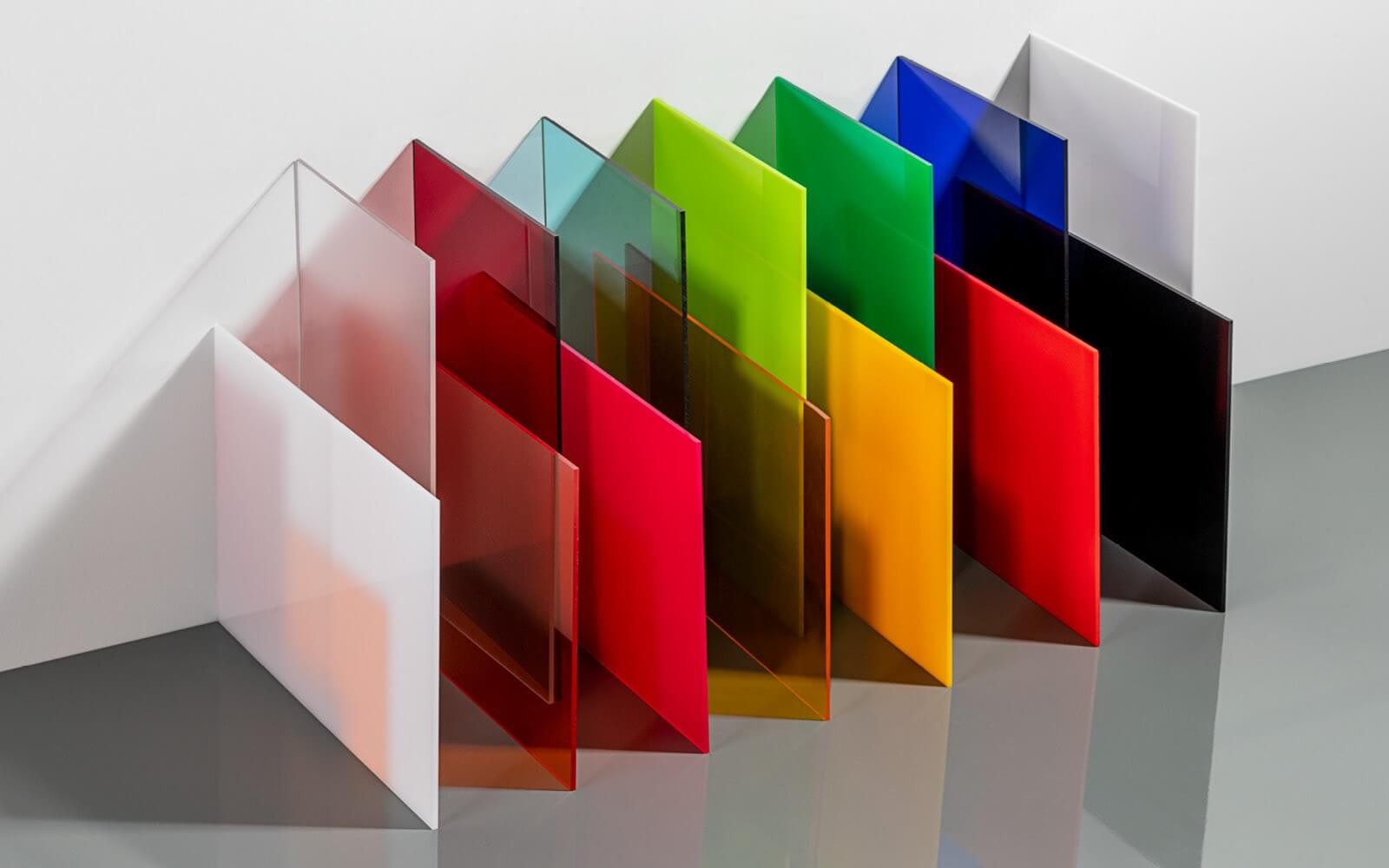
Will Acrylic Sheet Turn Yellow after 10 Years of Outdoor Use
Table of Contents
Introduction
In the fields of outdoor advertising, building curtain walls, greenhouse construction, etc., acrylic sheet has become a popular material with its 92% light transmittance and impact resistance (17 times that of glass). However, the problem of “yellowing and aging” has always troubled users-the 2024 survey of the American Plastics Industry Association showed that 67% of outdoor acrylic failure cases were caused by yellowing. Based on authoritative research data, this article will deeply analyze the time law of outdoor yellowing of acrylic sheets and provide scientific solutions to extend the service life.
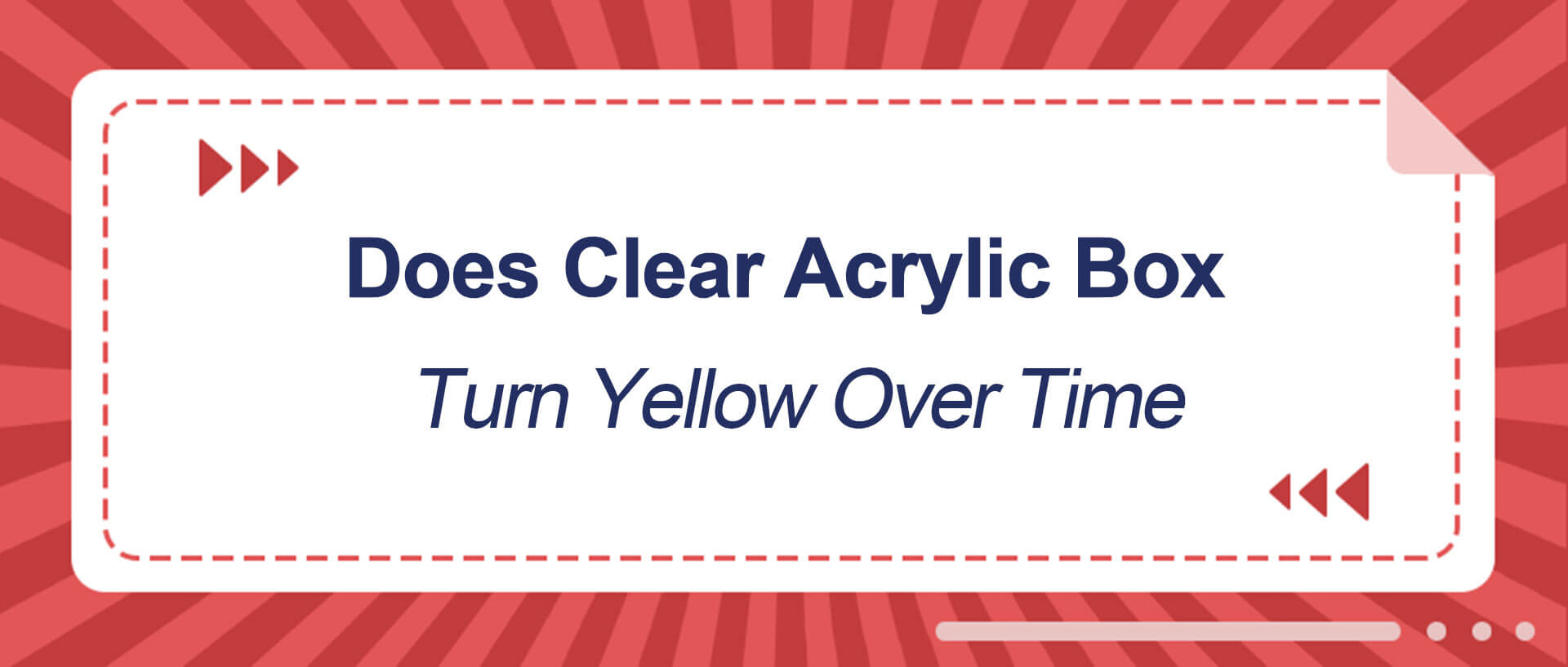
Ultraviolet radiation: the “number one killer” of yellowing
- Mechanism of action: The UVA band (315-400nm) in ultraviolet rays will destroy the C-O bonds in the acrylic molecular chain, leading to a free radical chain reaction (American Chemical Society “Polymer Degradation Research” 2022).
- Time threshold:
- Ordinary acrylic: When the average daily UV radiation is greater than 3 hours, visible yellowing will appear in 5-7 years (ASTM G154 accelerated aging test data)
- Anti-UV type: By adding HALS light stabilizers, it can be extended to 10-15 years (measured data from Sanyu Acrylic Laboratory)
- Protection strategy: Choose a sheet containing benzotriazole UV absorbers, which can filter 99% of UVA/UVB (confirmed by the Renewable Energy Laboratory of the U.S. Department of Energy).
Material quality: the genetic code that determines service life
Industry truth: Inferior recycled materials will accelerate the yellowing rate by 300% (2021 study of “Plastic Engineering” journal):
| Material type | Initial yellowing index | Yellowing index after 5 years |
| New UV resistance level | 0.8 | 1.2 |
| recycled material mix | 1.5 | 4.7 |
Certification standard: Boards that meet ISO 7823-1 standards have an outdoor life of more than 12 years (International Organization for Standardization data).
Environmental pollutants: invisible accelerators
- Dangerous combination: When PM2.5>75μg/m³ and humidity>70%, pollutants such as sulfur dioxide will have a synergistic effect with ultraviolet rays, increasing the yellowing rate by 40% (2023 report of the Chinese Academy of Environmental Sciences).
- Typical case:
- An outdoor billboard in Shenzhen (industrial area): 3-year ΔE color difference reached 6.3 (clearly visible)
- A billboard of the same specification in Sanya (seaside): 5-year ΔE was only 2.1 (difficult to distinguish with the naked eye)
- Solution: Use a special cleaning agent with pH 6.5-7.5 for monthly maintenance (recommended by ASTM D2565 of the American Society for Testing and Materials).
Temperature fluctuation: fatal impact of thermal stress
- Destruction mechanism:
- When the daily temperature difference is greater than 15℃, 0.3-0.7MPa stress is generated inside the sheet (Application of Engineering Plastics 2020)
- Cyclic stress causes microcracks, which increases the depth of yellowing by 50%
- Innovative technology: Sanyu Acrylic’s “gradient co-extrusion” process makes the surface temperature resistant to -40℃~120℃.
- Regional differences:
| Climate type | Annual yellowing rate |
| Temperate oceanic | 0.8%/year |
| Tropical monsoon | 1.5%/year |
| Continental drought | 2.2%/year |
5. Protection technology: A scientific solution to extend the lifespan by 200%
- Nano coating technology:
- A protective film containing SiO₂ nanoparticles can increase the UV reflectivity by 30% (ACS Applied Materials 2023)
- The measured lifespan of the Sanyu Acrylic PLUS series is 22 years (third-party test report SGS-23-04567)
- Intelligent shading system:
- The photochromic sheet automatically atomizes when UV>5mW/cm², reducing photodegradation by 60% (results of the Fraunhofer Institute in Germany)
- Structural optimization design:
- 15° tilted installation can increase the self-cleaning efficiency of rainwater by 45% and reduce the attachment of pollutants (Japan Building Materials Association “Outdoor Materials Guide”)
Conclusion and selection suggestions
Combining laboratory data and actual cases, the outdoor anti-yellowing ability of acrylic sheets shows the following rules:
✅ General grade: 5-7 years (average annual maintenance cost of ¥120/㎡)
✅ UV-resistant grade: 10-15 years (measured data from premium brands such as Sanyu)
✅ Nano-protective grade: 15-22 years (58% reduction in full-cycle cost)
It is recommended to give priority to panels that have passed the GB/T 16422.3-2014 aging test, and refer to the “Guide to Selection of Outdoor Polymer Materials” issued by the American Plastics Industry Association (www.plasticsindustry.org). Sanyu Acrylic, as a manufacturer with dual ISO 9001/14001 certification, has set a record of 28 years of no yellowing with its third-generation “Crystal Shield” acrylic panel at the Florida Exposure Test Site in the United States, providing the ultimate solution for outdoor projects.

